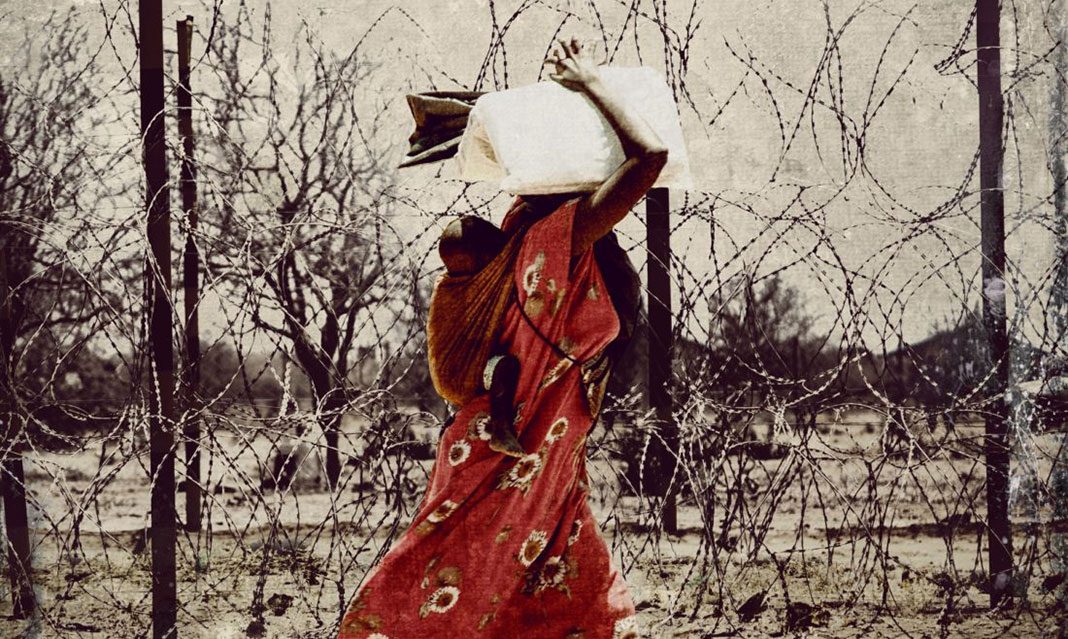Immigration to a new country can be a daunting experience for any newcomer. While missing their families and homes, they must adjust to a new culture, language, and way of life. But what if the chance to immigrate is not an option and neither is the chance of going home? Instead, you live your life in limbo as you wait for the day you can embark on at least one of those options. This is what many refugees experience when they are forced to escape their home countries and find shelter elsewhere.
UTM’s Historical Student Society, in collaboration with WUSC and the Somali Student Association, hosted an exclusive screening of Warehoused, with opening statements from associate professor in the Department of Historical Studies, Julie MacArthur.
Warehoused is a documentary that follows a young man named Liban Mohammad, a refugee in the world’s largest refugee camp, Dadaab, located on the border of Kenya and Somalia. Liban has lived in this refugee camp for over 25 years. His family relocated to Minneapolis in the U.S. while he still waits for his papers to be approved. It has been almost eight years since he has seen them.
The documentary shows the daily lives of the refugees who struggle to find a place. It is titled Warehoused because these temporary camps stock away people with little hope for resettlement. The refugees are frustrated because they are stuck in these temporary homes made from weak materials that are crowded with people praying for a chance to immigrate. Dadaab was designed to only hold 80,000 people, but since its opening in 1991, the count has risen to 350,000, with the number growing each day.
The documentary depicts how the refugees cannot return home because of the civil war in Somalia, but the chance to resettle elsewhere is slim. Developed countries have a limited number of refugee acceptance rates and Kenya wants to rid themselves of Dadaab. The refugees are not allowed to work in Kenya and they must stay within 50 miles of the camp. Liban recounts that many people feel unproductive because their lives are spent waiting for an approval for resettlement that may or may not come in their lifetime.
The slow process to approve resettlement can take decades, as the documentary presents, which can separate families from each other. Liban had to sacrifice the chance to resettle with his family because they could not get interviews together. Though he gave this up, his brother has now graduated high school, and this has enabled his family to pursue a better life.
In the documentary, Kenya tries to place blame on the refugees for any terrorist crisis. Consequently, the government refuses to allow Somalians to work in Kenya.
MacArthur has conducted research in these countries and has spent significant amounts of time studying Kenya’s border and mapping conflicts.
“The problem is that people only see the success stories of refugees, but only 0.1 per cent of refugees are successfully resettled in a developed country from that camp, and that the camp may no longer be funded by the U.N. with a push for internal funding from the Kenyan government,” says MacArthur, adding that the problem is with how Kenya does not want to cooperate.
“Kenya has claimed to have already paid their share,” explains the history professor, “There have been talks about forced resettlements. The Kenyan government wanted to close Dadaab in March of 2016, but the deadline came and went. “
As MacArthur explains, in 2011, Kenya invaded southern Somalia and rounded up refugees, sending them to these camps. Ripped from their homes, the refugees had to learn to survive on their own. MacArthur says that resources for the refugees are limited, so people must use their family and economic network to get by. For example, since refugees cannot work, they only get limited food rations from the U.N. such as grains and oil. But to purchase meat and other necessities, some people will sell 10 per cent of their food rations in a makeshift marketplace to support themselves.
The refugees have built a home within Dadaab and have supported the youth to have access to education, but since the approval process for resettlement may not happen for some people, the documentary portrays how these camps have only applied band-aid solutions to the issue of resettlement.



